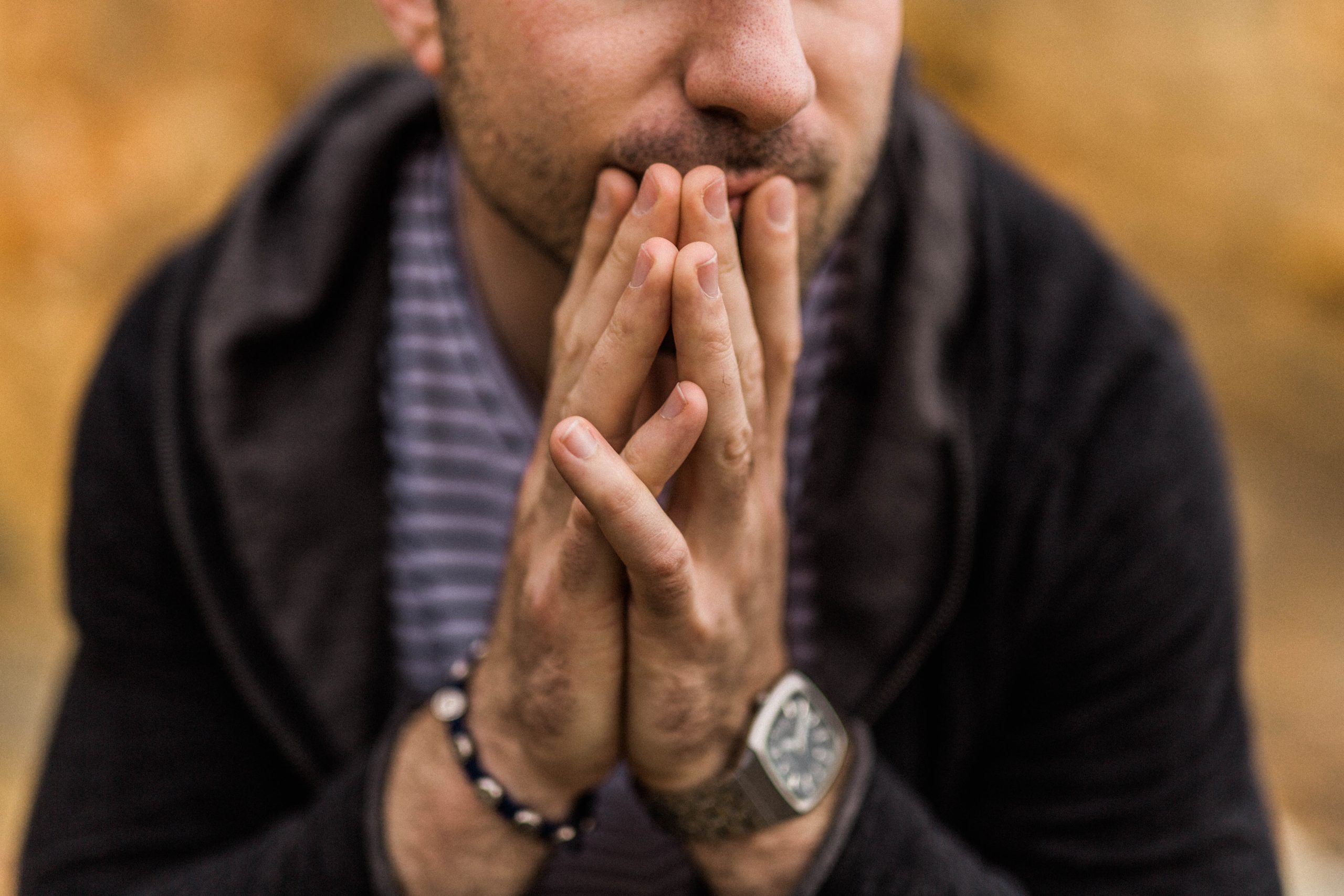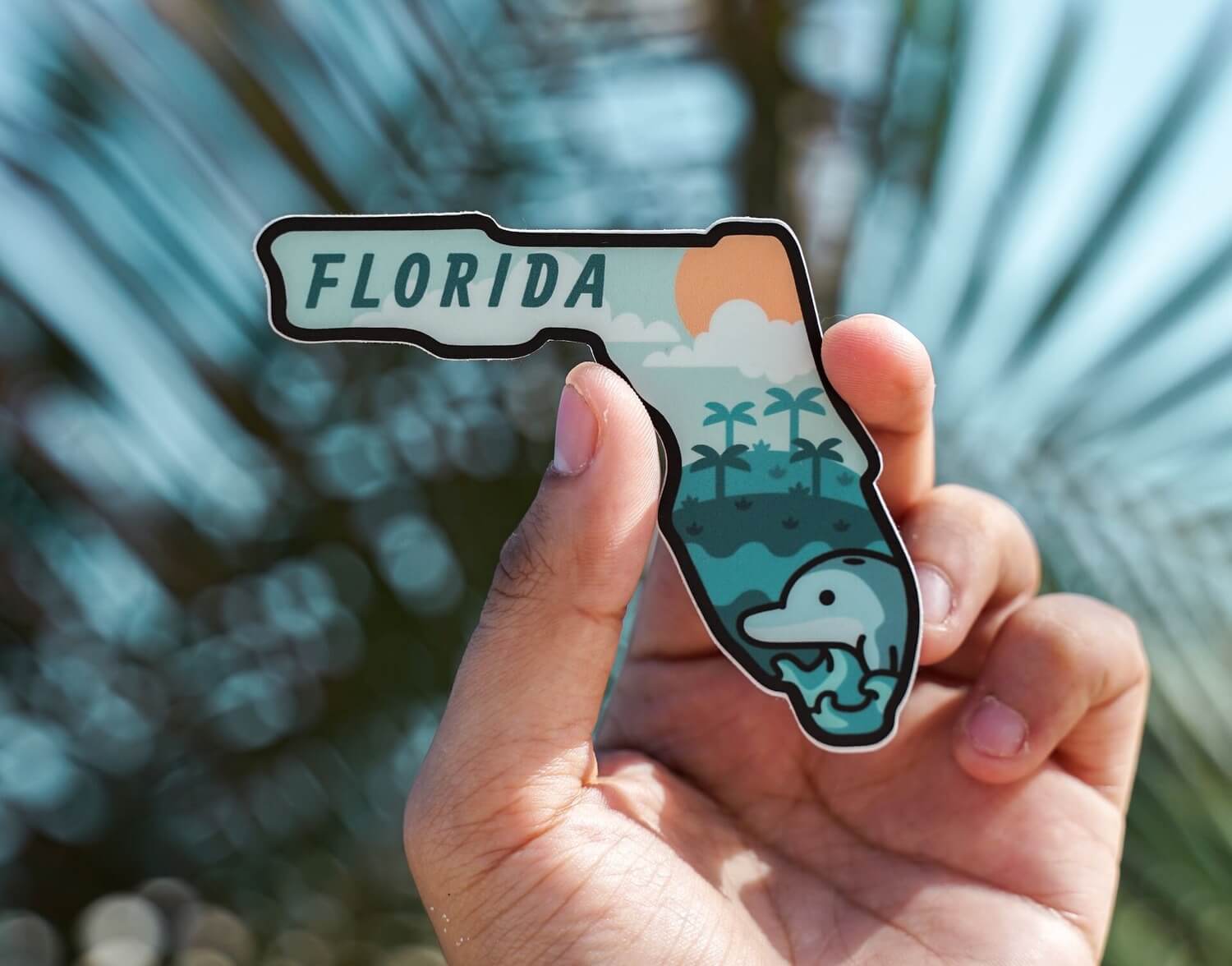Managing the Underdiagnosis of Anxiety Disorders

Anxiety is a true mental illness and one that affects millions of Americans. While patients will experience a variety of symptoms of anxiety, from mild to severe, it can be a debilitating condition. With that said, anxiety is woefully underdiagnosed in the United States, and as such many patients go years or even decades without an appropriate diagnosis. Anxiety can exist on its own, it can lead to other mental health disorders like depression, or it can co-occur with or worsen other conditions, such as ADHD, bipolar and borderline personality. Anxiety can also contribute to developing or worsening substance use disorders, including alcoholism and drug use. In other words, anxiety treatment is an incredibly important part of mental health.
When discussing anxiety, we often associate its symptoms with younger children and teens. And because of its prevalence in younger populations, pediatricians can be somewhat adept at identifying symptoms and recommending appropriate care. However, studies have shown that adults in the United States typically do not receive appropriate treatment for anxiety, yet care is desperately needed. It is estimated that anxiety disorders have a 12-month prevalence rate of about 25%, and upwards of 33% of the population will experience some form of anxiety disorder over their lifetimes.¹ The symptoms of this condition can cause significant lifestyle, social and career impediments with both tangible and intangible costs. A European study estimates that anxiety costs tipped the scales at over €48 billion a year and represented a similar burden to dementia.²
The problem is so prevalent and underappreciated that the US preventative task force, made up of medical professionals from various specialties, has recommended a preventative screening program for US adults between the ages of 19 and 64. The same task force did not see sufficient evidence for screening above 65 as data shows that this demographic is not as prone to anxiety as younger adults.
Why Do We Lack Anxiety Awareness and Care in The US?
One of the most glaring concerns in the United States regarding anxiety is that our social and career lives often demand a level of stress and accommodation that anxiety has been normalized. Add smartphones, social media, sleep deprivation, and worsening physical health to the mix, and you have a recipe for chronic and continuous anxiety that becomes the norm across society with few socioeconomic, gender, or age boundaries. When anxiety, or the concerns that lead to anxiety, become normalized, it’s challenging to address them.
Those who care about the person often dismiss these anxieties by countering that their loved one’s life is good. Mind you, only those that have experienced true anxiety can recognize how broad and often insidious the symptoms are. Friends and even family members may see a hard-working (or hard-playing) individual with admiration. However, these actions are often only skin-deep. Little attention is paid to underlying mental health needs and feelings. Often loved ones do not act until the problem is severe enough that their relationships become damaged. Further, starting a discussion with someone who seems anxious or unhappy, but functions relatively normally is not easy.
Second, the person themselves may think that their anxiety is just normal. We’ve been conditioned from a young age to “work hard” and “be the best.” The US is so successful, largely, thanks to those ways of thinking. But these broad concepts do not consider one’s need for self-care – mental and physical. Even those that strive for work-life balance may not find it as their achievement, or lack thereof, often remains back of mind.
Anxiety is also insufficiently addressed in the Primary care field of medicine. Most primary care physicians are inexperienced in anxiety and related mental health concerns. With minimal formal training and a significant time burden, often imposed by insurance company reimbursement rules, they cannot offer a proper screening or get to know their patients as a PCP once would. Despite the significant rise in anxiety and other mental health issues, the medical field lags behind.
There is a glaring lack of specialized mental health care for anxiety disorders. Mental health primary facilities, like The Sylvia Brafman Mental Health Center, are relatively few and far between, especially compared to the number of substance abuse facilities in Florida and elsewhere in the United States. However, many of these addiction primary facilities do not recognize that addiction falls under the mental health umbrella and many substance-abuse issues stem from trauma and other mental health concerns. The result is often an improper or incomplete diagnosis that only considers one aspect of a larger problem.
There’s something to be said for the flippant use of mental health terms. Many people use the word, anxiety or anxious to describe situations in which they may feel mildly uncomfortable. To do so minimizes how exceptionally destructive anxiety can be. It dismisses the seriousness of true anxiety disorders while normalizing the problem (often from a very young age).
Last but certainly not least, recent events, specifically the COVID-19 pandemic, have increased collective anxiety levels to record proportions. Unfortunately, and rather astoundingly, these levels have not significantly abated since COVID-19 has.
Has Anxiety Always Been a Part of Human Existence?
The short answer is that we all experience some anxiety as a natural part of life; however, anxiety levels and the severity of anxiety symptoms are certainly increasing in modern-day America. Occasional feelings of anxiety are as old as humanity and are even hardcoded into our behaviors. But these are very different from the chronic disorder that we call generalized anxiety. Generalized anxiety disorder often remains active and disruptive even when the stress of an anxiety-producing situation has abated. Patients with generalized anxiety disorders also tend to conjure fatalistic or traumatic ideas from concerns that typically would not warrant such a reaction. As such, those suffering from certain anxiety disorders may be constantly on edge, feeling fatigued, worried, irritable, and withdrawn, to name a few symptoms. Many only feel they can relieve their concerns through substance use, eating, and other potentially destructive outlets.
Is There an Answer?
Ultimately, prevention is key to slowing the proliferation of anxiety. This can be achieved with a methodical introduction of comprehensive anxiety and mental healthcare into schools, medicine, and families. Anxiety should not be hidden as something to be ashamed of. In fact, bringing your struggles into the open and seeking appropriate help from a mental health facility, if warranted, can inspire others to seek help too.
The admissions specialists at SBMHC are available to discuss the particulars of your or your family member’s concerns, and we look forward to helping you break the cycle of anxiety for your continued and renewed mental health.
Related Topics:
References:
- Bandelow B, Michaelis S. Epidemiology of anxiety disorders in the 21st century. Dialogues Clin Neurosci. 2015 Sep;17(3):327-35. doi: 10.31887/DCNS.2015.17.3/bbandelow. PMID: 26487813; PMCID: PMC4610617.
- Kasper S. Anxiety disorders: under-diagnosed and insufficiently treated. Int J Psychiatry Clin Pract. 2006;10 Suppl 1:3-9. doi: 10.1080/13651500600552297. PMID: 24931537.



